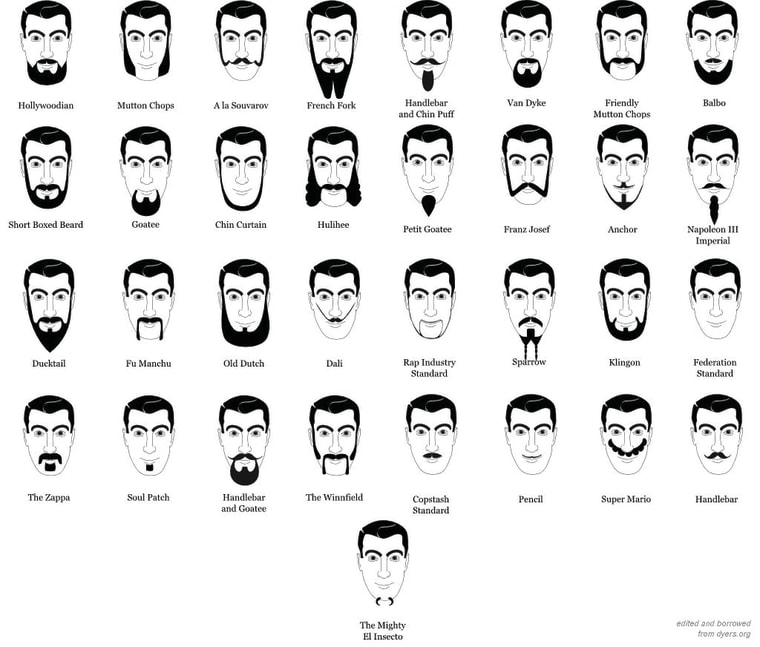If you want a top position in medicine, you might want to consider growing a mustache.
Researchers found there are more men with mustaches in the top positions at university-associated medical centers than women. That includes unusual mustaches, like the Fu Manchu style, and men who have beards or really bushy sideburns.

Leaders in psychiatry and pathology were especially hairy, Dr. Mackenzie Wehner of the the Perelman School of Medicine at the University of Pennsylvania and colleagues found.
“Department leaders with facial hairstyles that did not include hair on the upper lip (for example, Mutton Chops, Chin Curtain) were considered not to have a mustache,” they wrote in the oh-so-serious holiday issue of the British Medical Journal.
They looked at more than 1,000 headshots of staffers at 50 National Institutes of Health-funded medical schools.
“We defined a mustache as the visible presence of hair on the upper cutaneous lip and included both stand alone mustaches (for example, Copstash Standard, Pencil, Handlebar, Dali, Supermario) as well as mustaches in combination with other facial hair (for example, Van Dyke, Balbo, The Zappa),” they added.
Only two schools — Washington University and Ohio State University — had no mustachioed top staff.
“We evaluated each leader for the presence of facial hair regardless of sex,” Wehner’s team noted.
Men with mustaches held 20 percent of department leader positions. Just 13 percent of the bosses were women.

In only five department types were more than 20 percent of the leaders women; obstetrics and gynecology, pediatrics, dermatology, family medicine and emergency medicine.
"The lack of women in leadership roles in medicine is well-documented, but despite the eccentricities of the study, our results show that even when you focus solely on men with mustaches - which are rare - women are still outnumbered across various specialties," Wehner said in a statement.
“The number of women in medicine has increased significantly since the 1960s, with women now accounting for nearly 50 percent of U.S. medical students The proportion of women in academic medicine is still low: only 21 percent of full professors are women,” the team wrote.
And their message is serious, even if the approach isn’t.
“We hope that these solutions will help increase mustache indices across all specialties by raising the number of women leaders while maintaining sufficient facial hair in our workplaces,” they concluded.
